Retailers are reporting a double-whammy of falling footfall and rising crime almost one year on from the introduction of plain packaging and ban on small tobacco packs.
A national survey of 250 independent retailers, conducted by the Tobacco Retailers Alliance (TRA), found that 80% of respondents have reported a decline in footfall since the the legislation was introduced on 20 May 2017.
Half of all responding retailers said that their footfall has fallen between 20% and 30% due to the ban on small packs of tobacco, with the average being 27%.
More than 70% of respondents also said that the illegal tobacco trade was preventing them from improving their shop or hiring more staff.
One Stop retailer Dee Sedani, from Derbyshire, said: “Plain packaging has not affected the number of people smoking; I’m still selling the same volume of cigarettes but I’m making less money as people are buying cheaper brands.
“Plain packaging has however boomed the illicit trade. Kids can now buy cigarettes because the illicit trade has made it cheap enough now. Plain packaging has also resulted in more crime. More illicit cigarettes being sold means more gangs and more gangs means more crime.”
According to the TRA findings, 72% of retailers strongly agree or agree that there is now more illegal or very cheap tobacco sold in their local area than before plain packaging was introduced.
The survey comes as law enforcement agencies across the UK have made repeated discoveries of fake plain package tobacco products.
TRA national spokesperson Suleman Khonat added: “Plain packaging has simply made it easier for criminals to introduce fake packs taking away legitimate trade whilst the small pack ban has further damaged trade by hitting footfall and incidental spend.
“The governments in Westminster, as well as in the devolved nations, should realise that the consequences of ineffective legislation are far reaching and often damage livelihoods of the very hardworking legitimate small retailers.
“It’s clear the retailers are telling us, and what is apparent from the survey, is a different picture to what the public health officials and ministers are wanting us to believe.”




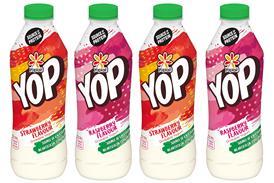



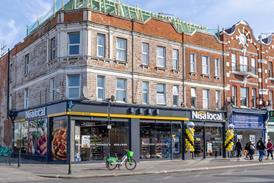
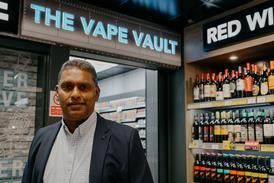








![Muller_Bliss_Whipped_Elevated_Lemon_Meringue_Pie_FF[87]](https://d2dyh47stel7w4.cloudfront.net/Pictures/100x67/2/2/2/352222_muller_bliss_whipped_elevated_lemon_meringue_pie_ff87_462652_crop.jpg)








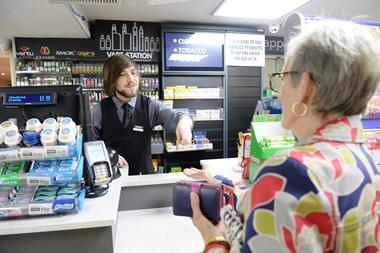


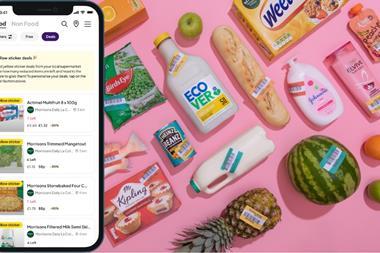

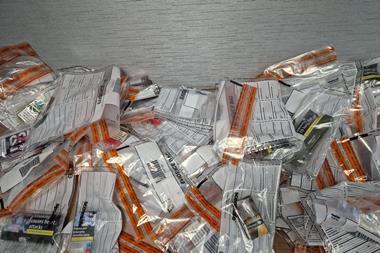








No comments yet